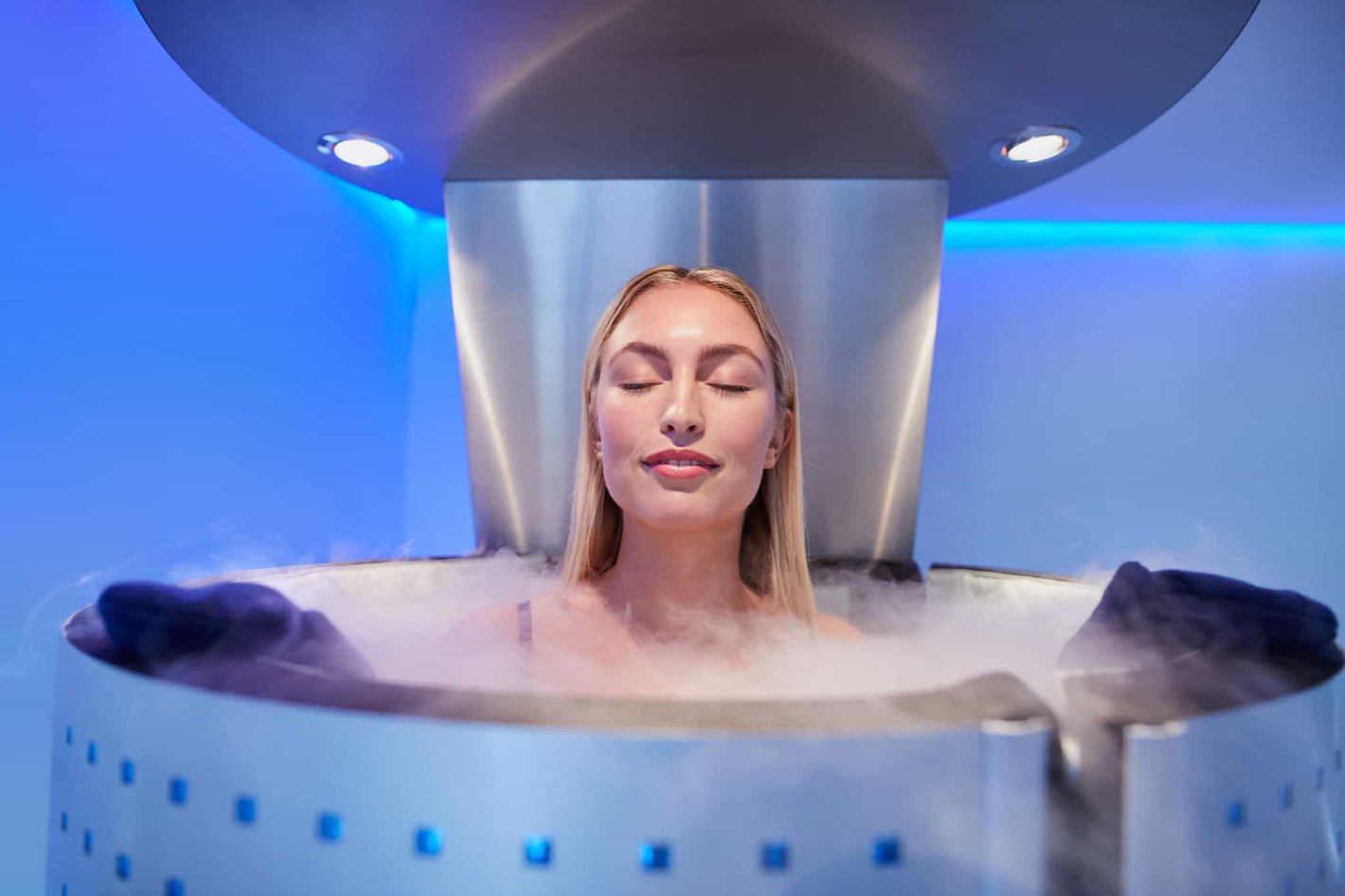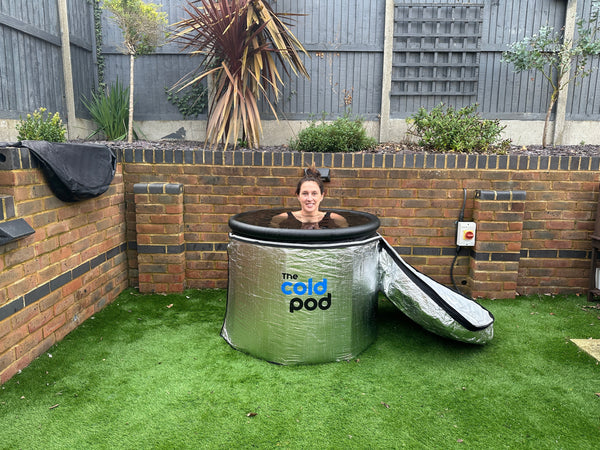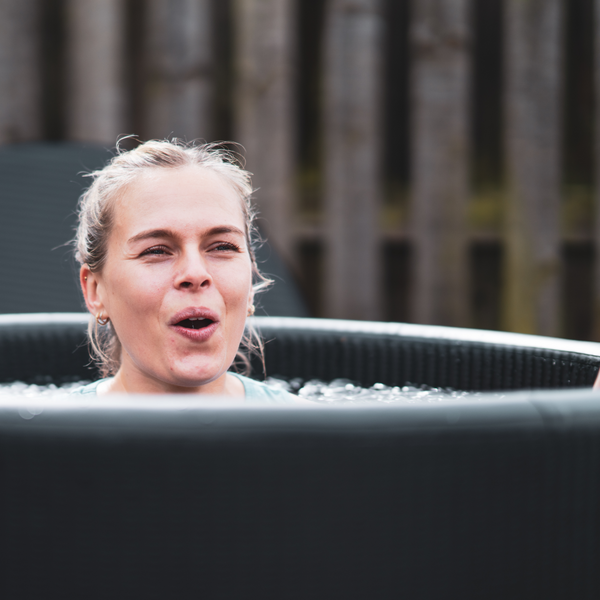What Happens to Your Body During Cold Water Immersion? – In recent years, the world of wellness has seen a surge in the popularity of cryotherapy, with many enthusiasts swearing by its numerous health benefits. From high-performance athletes to those seeking a natural remedy for pain relief, the allure of subjecting one’s body to icy temperatures has become increasingly widespread. But what exactly occurs within our bodies as we endure the chill?
The Basics of Cold Water Exposure
Definition and methods
Cold water immersion, as the name suggests, involves submerging oneself in water with a temperature significantly lower than the body’s core temperature, typically between 10°C to 15°C (50°F to 59°F). Methods of cold water exposure can vary, ranging from a dip in an icy lake or an invigorating plunge into the sea to the increasingly popular practice of taking a cold shower or a dunk in a purpose-built ice bath.
Historical and cultural practices
The use of cold water immersion is by no means a novel concept. For centuries, various cultures have incorporated these chilly practices into their daily routines or rituals. The ancient Greeks and Romans revered the therapeutic properties of cold water, utilising frigidariums as part of their bathing rituals. In Finland, the tradition of the ‘avanto’—a hole cut into the ice of a frozen lake or pond—continues to endure, while the Japanese practice of ‘misogi‘ sees participants cleanse themselves spiritually and physically in cold waterfalls.
Common applications in modern times
In contemporary society, cold water immersion has garnered attention for its potential benefits in the realms of health, fitness, and wellness. Sports professionals often incorporate ice baths into their recovery routines, while individuals seeking to bolster their mental and physical wellbeing might turn to cold showers or wild swimming in chilly bodies of water. The growing interest in cold water therapy has also given rise to commercial cryotherapy chambers, which expose users to extremely cold air rather than water, for brief periods of time.
Physiological Responses to Chilly Plunges & cold water immersion
Immediate reactions
- Vasoconstriction: Upon submersion in cold water, the body\’s initial response is to constrict its blood vessels, a process known as vasoconstriction. This reflex action helps to minimise heat loss by reducing blood flow to the skin and extremities, preserving the core temperature and safeguarding vital organs.
- Cold shock response: A cold shock response; characterised by an involuntary gasp reflex and quick, shallow breathing, can be brought on by sudden exposure to cold water. The body reacts in this way in an effort to increase oxygen consumption and keep vital organ oxygen levels stable.
Hormonal and nervous system changes
- Release of endorphins: Cold water immersion has been shown to stimulate the release of endorphins, the body’s natural ‘feel-good’ hormones. This surge in endorphins can lead to an improved mood, reduced perception of pain, and an overall sense of well-being.
- Activation of the sympathetic nervous system: The icy embrace of cold water also activates the body’s sympathetic nervous system, commonly known as the ‘fight or flight’ response. This activation results in increased levels of adrenaline and cortisol, heightening alertness and preparing the body for action.
Metabolic adjustments
- Increased calorie burning: To counteract the drop in temperature, the body needs to produce more heat. Consequently, the metabolic rate increases, leading to a higher calorie burn as the body expends energy to maintain its core temperature.
- Brown adipose tissue activation: Another response to cold water immersion is the activation of brown adipose tissue (BAT), also known as brown fat. Unlike white fat, which stores energy, brown fat burns calories to generate heat. The stimulation of BAT can contribute to increased calorie expenditure and may play a role in weight management.
Potential Health Benefits
Improved circulation
As the body undergoes vasoconstriction during cold water immersion, blood is redirected towards the core. Once the body warms up again, blood vessels dilate, and blood flow resumes in the extremities. This process can improve circulation, ensuring that oxygen and nutrients are effectively delivered to various tissues and organs throughout the body.
Enhanced immune system function
The immune system may be boosted by exposure to cold water; by producing more white blood cells, according to some studies. These cells are essential in the body’s defence against illnesses and infections, possibly promoting overall health and resilience.
Reduced inflammation and pain relief
Immersion in cold water has been shown to help reduce inflammation and relieve pain; especially in people who have sustained musculoskeletal injuries or suffer from chronic pain conditions. Cold water is a popular choice for post-exercise recovery because of its anti-inflammatory effects; which can aid in promoting tissue healing and reducing discomfort.
Mental health improvements
The release of endorphins during cold water exposure can have a positive impact on mental health. Many enthusiasts report feelings of euphoria; reduced stress, and increased mental clarity following a chilly plunge. Additionally, the practice of cold water immersion can help build mental resilience and enhance one’s ability to cope with stress and discomfort.
Boosted athletic performance and recovery
Following intense exercise, athletes frequently immerse themselves in cold water to hasten recovery and minimise soreness in their muscles. Athletes can resume training more quickly and perform at their best thanks to the combination of accelerated recovery times, enhanced circulation, and hormonal changes.
Risks and Precautions of cold water immersion
Hypothermia
Hypothermia, a potentially dangerous condition in which the body’s core temperature falls below the normal range, is one of the main risks connected to ice immersion. Aside from shivering, hypothermia can cause confusion and impaired motor coordination. It’s crucial to keep immersion times short and make sure the body is properly warmed up after to reduce this risk.
Raynaud’s phenomenon
Individuals with Raynaud’s phenomenon—a condition that causes the blood vessels in the fingers and toes to constrict excessively in response to cold—should exercise caution when engaging in cold water immersion. The practice can exacerbate symptoms and lead to painful episodes of reduced blood flow to the extremities.
Cardiac complications
The sudden exposure to cold water can cause a sharp increase in heart rate and blood pressure, which may pose risks for individuals with pre-existing heart conditions. Those with a history of heart disease, or other cardiovascular issues, should consult their doctor before attempting cold water immersion.
Tips for safe practice
To ensure a safe and enjoyable experience with ice bathing, consider the following tips:
- Start gradually: Begin with shorter, less intense exposures to cold, such as a cool shower, before progressing to colder temperatures and longer durations.
- Warm up before and after: Engaging in light exercise before and after cold water therapy can help prepare the body for the temperature change and reduce the risk of injury.
- Buddy up: Whenever possible, do your icy plunges with a partner or within a supervised setting to ensure assistance is available if needed.
- Listen to your body: Pay attention to how your body feels during and after, and adjust the intensity and duration accordingly.
- Consult a professional: If you have any concerns about your health or are unsure about whether this practice is suitable for you, seek advice from a medical professional.
Cryotherapy vs. Cold Water Immersion
Both cryotherapy and cold water immersion aim to harness the potential benefits of exposing the body to cold temperatures. Cryotherapy typically involves the use of a cryochamber, where individuals are exposed to extremely cold air (often below -100°C) for a brief duration, usually 2-3 minutes whereas cold water immersion, on the other hand, relies on submersion in cold water.
Factors to consider when choosing a therapy
When deciding between cryotherapy and cold water immersion, it is essential to consider several factors, including personal preferences, accessibility, budget, and any health concerns. Some individuals may find the shorter duration and controlled environment of cryotherapy more appealing, while others may prefer the natural and immersive experience of cold-water dipping. Consulting a medical professional is advisable before embarking on either therapy, particularly for those with pre-existing health conditions. Ultimately, the choice will depend on individual preferences and circumstances.
Conclusion
However you choose to embrace the chill, remember to listen to your body and consult a medical professional if you have any concerns. With a careful and considered approach, you might just find that a chilly plunge provides the rejuvenating boost you’ve been searching for. So, wrap up warm, and embrace the icy thrill of cold water therapy!







